An evening visit to
The Steeple Grange Light Railway (SGLR)
I was fortunate recently to be able to attend a ‘Transpire’ (The Chesterfield Bus Society)
visit organized by Shayne Howarth to the SGLR.
The railway is located on the outskirts of Wirksworth in Derbyshire and alongside the High Peak Trail to which there is direct access.
Living locally, I decided to forego going to Chesterfield for the bus ride there. I immediately regretted my decision when I saw the groups choice of transport.
This turned out to be FJC 736F. One of only two Dennis Pax buses specially built for Llandudno UDC in 1968 and I think the only one to survive. They were for services up the Great Orme and to St. Tudno’s church.
They replaced two Fodens with Metalcraft bodies built in 1951
I apologise for the poor quality of this image but I had a choice between this and getting run over !!!
I have perhaps gone overboard with the images of the bus but I have done so because of its rarity.
It also brings back memories of riding on it in Llandudno in 1968 or ’69 when it the had a cream top half to go with the blue lower half.
The SGLR is built to a gauge of 1 foot 6 inches and runs on the trackbed of what was a standard gauge line running from the Steeple House Junction on The Cromford and High Peak Railway up what is known as the ‘Killers’ branch. The name derives from the brothers who owned it and not to anything more sinister.
The C&HPR line dates from 1830 when horses provided the traction whilst the SGLR dates from 1985.
A lot of the loco’s and rolling stock come from an industrial background, most having worked in quarries, mines and factories etc.
The ‘centre’ of operations is this sturdily built stone engine house which provides cover and accomodation for some of the loco’s and their crews.
To the rear is a paved area with a heavy duty hoist and access to the right of the image to a two track traverser which allows loco’s to be securely stored in a modern container in what appropriately were old standard gauge railway vans.

There were two trains in service.
The first of which took the members assembled up the branch in the direction of Middleton to its current end at a little over half a mile distant.
This comprised this Ruston and Hornsby built 4 wheel diesel loco dating from 1957 coupled to two former NCB ‘manriders; which came from Bevercotes colliery in Nottinghamshire. The ‘manriders’ were originally built to a gauge of 2 feet 3 inches so they both needed to be re-gauged.
The Ruston, named ‘Horwich’ was built for and named after the British Railways works in Lancashire where it worked. It then resided in a museum at Blaenau Ffestiniog from where it was purchased in 1997.
The second which runs to the Steeple house quarry was comprised of two four seat ‘manriders’ hauled by ‘Greenbat’.
The manriders came from the Ladywash Mine at Eyam in Derbyshire.
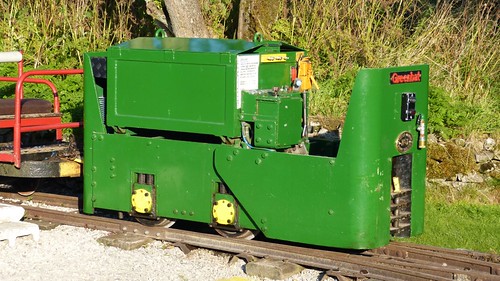
Greenbat was built in 1960 by Greenwood and Batley and is a 5 H.P. battery electric that spent most of its earlier working life in factories.
Here we can see ‘Greenbat about to take the branch off to the left to Steeple house quarry. The quarry has been designated as a ‘Site of Special Scientific Interest (SSSI) because of the fossils dating back millions of years that can be seen.
The track as it wends its way through the woods in typically delightful narrow gauge style.
The end of the line in the quarry. If the first barrier fails to stop you, the second one certainly will.
As the main line ascends towards its present terminus on the way to Middleton, it passes what is known as Dark quarry where the railway has built a shed which accomodates various items of rolling stock.
And finally, a footnote (sorry about that).
Is this the shortest temporary platform on any UK railway ??
Conclusions then.
A excellent outing made even better by the very obliging and welcoming ‘crew’ at the SGLR.
Combined with perhaps a visit to the Ecclesbourne Valley Railway and/or the nearby National Stone Centre it would make a good day out for those who have to travel further than I did.
Further images of the SGLR are here Flickr

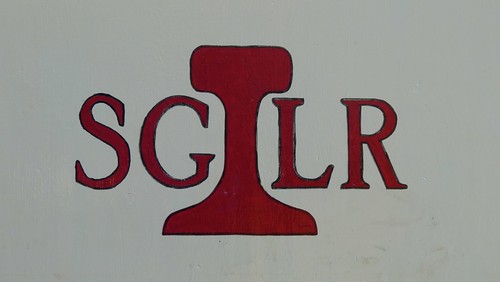
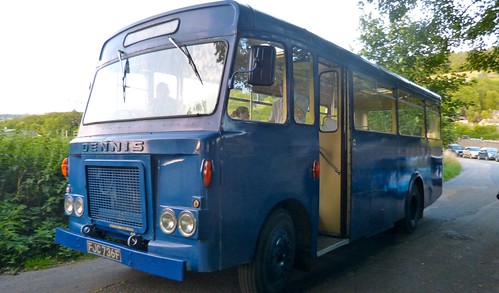
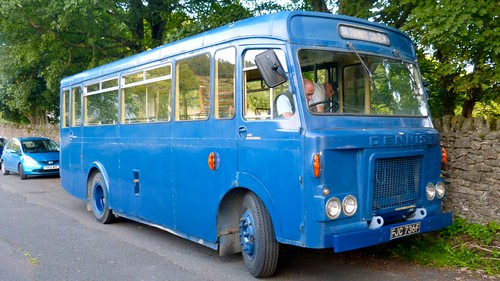
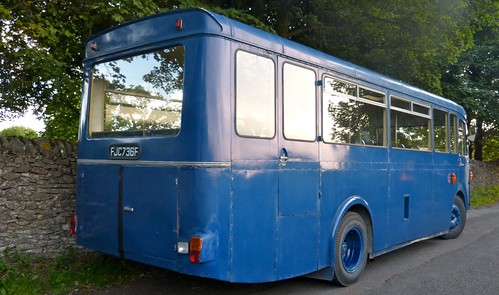


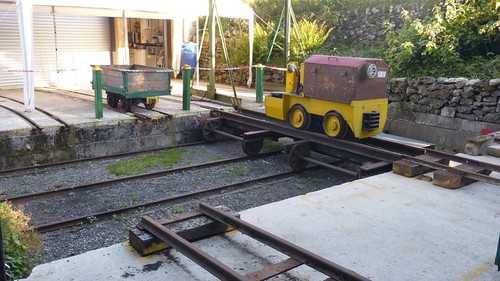
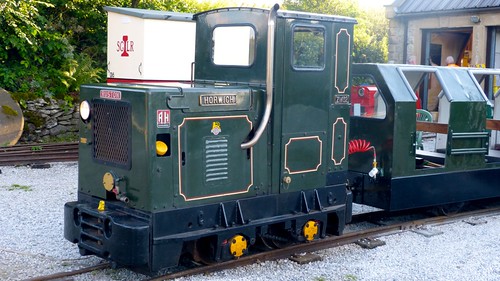
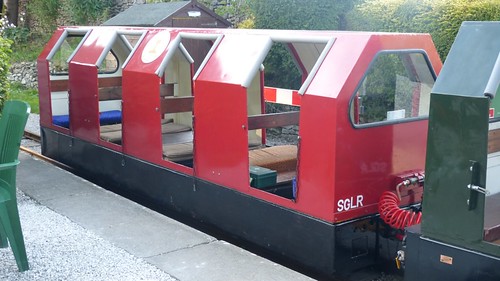
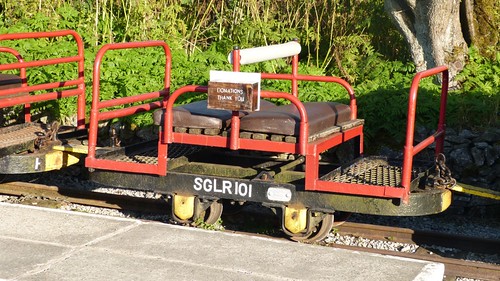
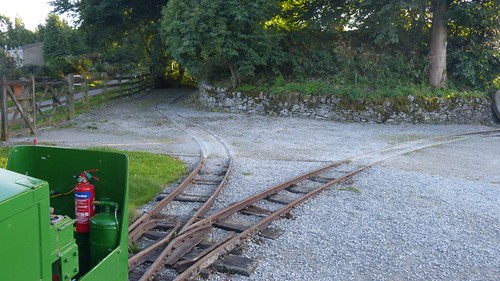

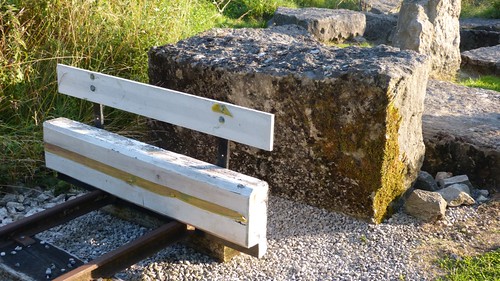
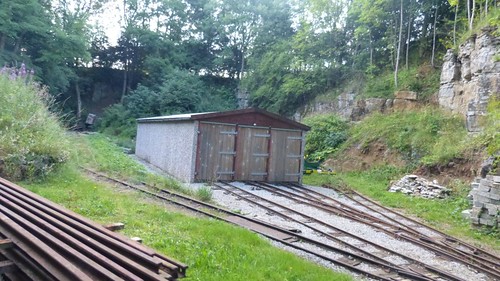
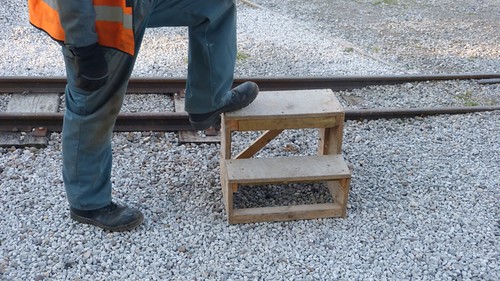
No comments:
Post a Comment